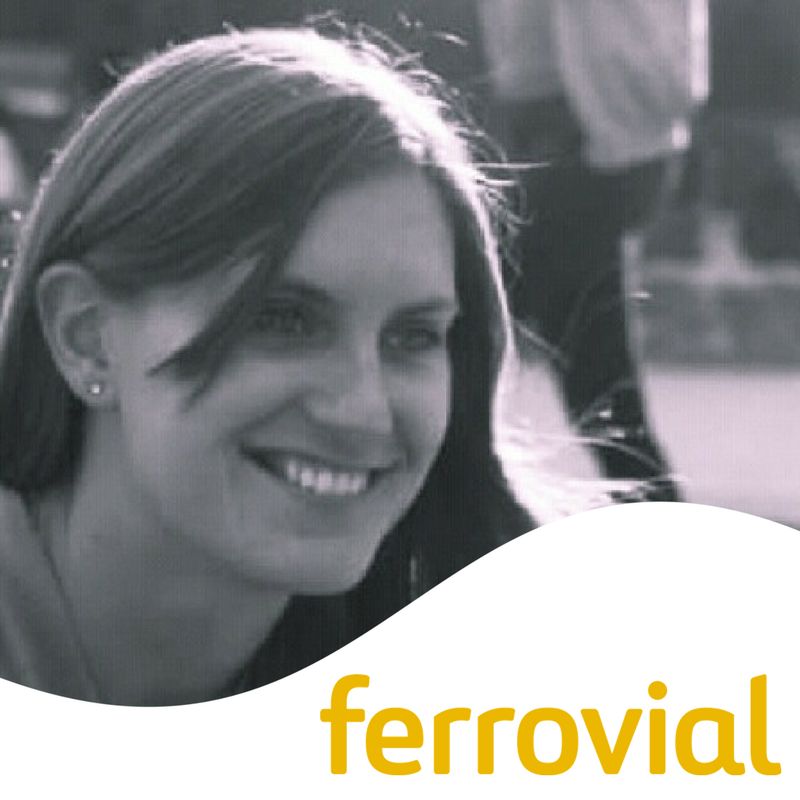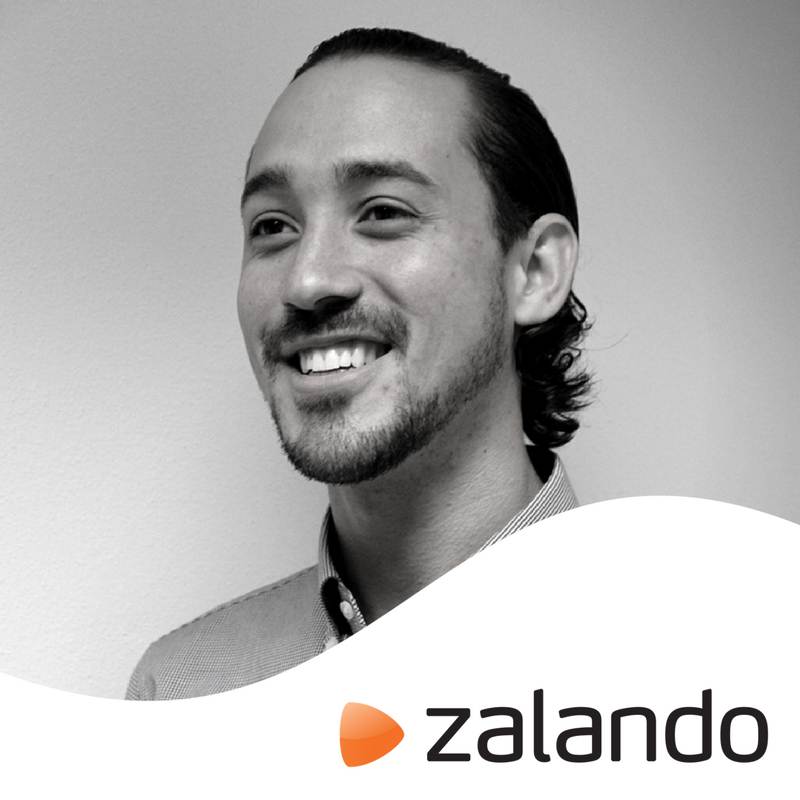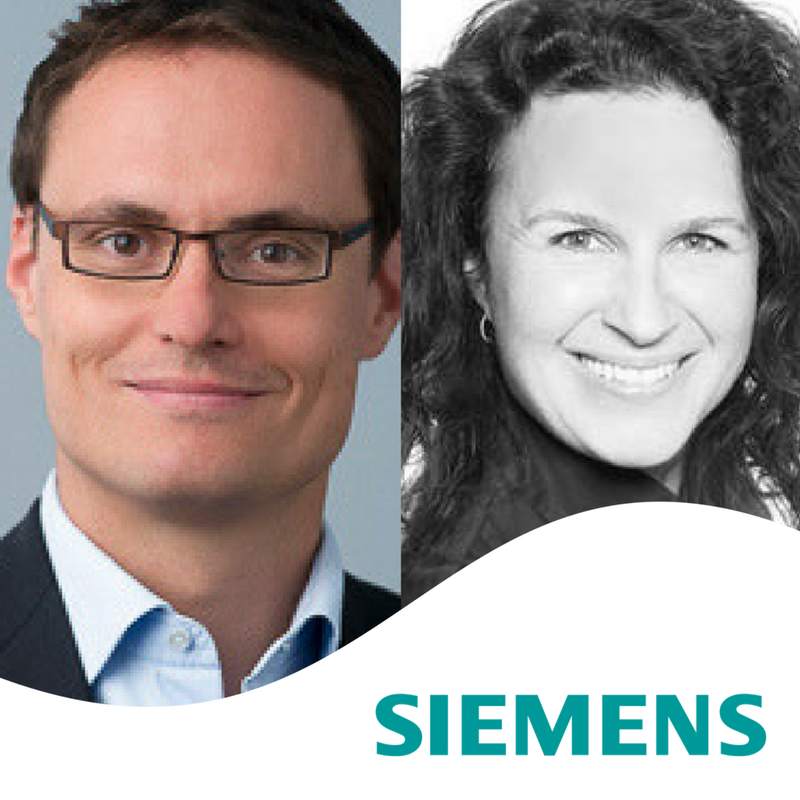Wouldn’t it be nice if successful, breakthrough innovation was simple?
If you could simply pick up the playbook, follow it to the letter, and bam – innovation nirvana achieved?
Yes, yes it would. But as we all know, that’s just not how it works in the real world. The day-to-day of innovation and intrapreneurship is messy stuff, and what works for one company (Google uses innovation labs!) is anathema for others (Apple says innovation labs are certain death!)
But that doesn’t mean you can’t increase your chances of success by examining what’s working at other companies – in fact, you absolutely should – and borrowing or tweaking their strategies to fit your situation. It’s the reason we hold conferences, after all.
To that end, here are three companies who shared their successful intrapreneurship stories with us at Innov8rs Madrid.
Ferrovial: cultivating internal talent to drive innovation
“We wanted our internal employees to go further with the ideas that they were having on a day to day basis… actually put those ideas into practice and create new business models.”
Gemma Moore, Open Innovation Culture Leader
 Ferrovial develops and operates and maintains sustainable infrastructure and cities. Their business lines include construction, infrastructure and environmental services, toll roads, airports. They have over 96 thousand employees in over 50 countries.
Ferrovial develops and operates and maintains sustainable infrastructure and cities. Their business lines include construction, infrastructure and environmental services, toll roads, airports. They have over 96 thousand employees in over 50 countries.
About three years ago they realized that although the collaborations and external relationships they have with academia and startups were great, they weren’t tapping their internal talent enough. They decided to start creating their own initiatives from inside the company.
That’s where their 4-month ShuttleX Innovation Program, designed to create new business models for Ferrovial, came from.
“We called it ShuttleX because it was aiming for the moon. We basically collect the challenges that come from our business units, and provide solutions to those challenges by creating multidisciplinary teams that work from ideation through to validation and implementation. The goal is to identify and design new businesses, while learning a process that enables Ferrovial to do this systematically.”
ShuttleX handpicked 20 participants to form 4 multidisciplinary teams. Each team had a business unit mentor whose role was to eliminate any internal barriers, so teams could easily access the information they needed from the business unit. Facilitators from a leading innovation consultancy led the teams, and helped them understand the Lean methodology. Finally a program management team, made up of the Innovation & Talent department along with HR, handled coordination and communication.
“It was actually HR who came to us and said: Look, we have this issue – we need to be retaining talent and at the same time come up with new business ideas. Which is why, for us, HR were key within within the whole process. They were also the main people who helped us identify the right participants, because we needed a specific type of profile to help us to come up with these brilliant ideas.”
ShuttleX was split into three stages. The first stage was participant selection, and also planning how the program itself should work.
“We actually did market research with various corporations within Spain and Madrid – the people that we work with on a daily basis – to find out what they were doing and learn what worked for them and what didn’t work for them. Then we tried to fit what they were doing with how our business worked.”
Stage 2 began with a 3-week kickoff and challenge investigation. Participants tackled 40 investigation tasks, where they identified knowledge gaps around the challenges presented by the business units. They then had 3 weeks of ideation and conceptualization around those challenges, which culminated in 12 proposals, 4 of which were selected to progress to Stage 3.
“Every team presented three ideas to the CEO and mentors, who decided which idea of the three each team would take forward into validation and prototyping. So each team went forward with one idea.”
In Stage 3, teams began validating their idea through rapid prototyping. This included hitting the streets and conducting interviews with actual customers – something the teams had never done before. For two and a half months the teams worked in sprints and had an eye-opening opportunity to work alongside startups.
“It was great for the internal entrepreneurs because they were able to see how external entrepreneurs actually worked. For example, the internal entrepreneurs were always talking about writing a huge business plan. When they actually spoke to external startups who said: No, we never do that, never done a business plan in my life? It made them think very differently.”
Stage 3 culminated with a Demo Day, where teams presented their new business models. Two of the four models were chosen to move forward into a pilot.
Lessons Learned
Make the program fit with their day-to-day. “The sprints, the face to face sessions, it was all organized from moment go. We made sure that participants had it in their calendar and they locked that time in.”
Have specific, relevant challenges. “It was key for us to actually understand what the biggest challenges were for the business units; to have those clear from the beginning, and make sure that they’re relevant and in line with the strategy of the business.”
Give them resources and support. “Sponsorship from the CEO was key for us. We also made sure each team had a budget, 10K euros, so resources were never a barrier to marketing or testing. And actually, they didn’t spend anywhere near that, which taught them you don’t really need a lot of money to go develop ideas.”
Zalando: building a culture of bottom-up innovation
“Great ideas come from anywhere in the company. That’s what drives us. We’re not looking at where you come from or what your background is, we’re just looking at whether you’re thinking about how to make things better.”
Luis José Borges Salazar, Innovation Manager
 Zalando is an online fashion retailer based in Berlin. Founded in 2008, the company now operates in 17 European countries, has over 14 thousand employees, and carries over 2 thousand brands. They also have tech hubs in Berlin, Helsinki, Dublin, and just recently opened one in Lisbon.
Zalando is an online fashion retailer based in Berlin. Founded in 2008, the company now operates in 17 European countries, has over 14 thousand employees, and carries over 2 thousand brands. They also have tech hubs in Berlin, Helsinki, Dublin, and just recently opened one in Lisbon.
Five years ago, Zalando had grown enough to issue an IPO. They then asked: what’s next? The answer was to continue growing by building a culture of innovation.
First, they started holding Hack Weeks. Initially these were just for tech teams, but they were eventually opened to everyone in the company on a quarterly basis. The week is designed to be a completely open time for experimentation.
“We chose weeks instead of a 24 or 48-hour hackathon because we wanted to give equal opportunity for everyone. We felt it was less stressful for people, and easier for people with families to participate in.”
Step two for Zalando was creating their own open platform, Ideas.board, to manage the ideas generated by their Hack Weeks.
“In Zalando we sometimes make things and we don’t think it through. We had a lot of ideas and we didn’t know how to manage them, so we prototyped a platform. Now, you can find how much traction your ideas has, who can contribute to your idea, what skill sets do you need, and all this information is integrated with our internal services and people organizations, like human resources.”
They quickly realized that getting ideas, and sharing them, was no longer a problem. Now, they had to figure out what to do with all these ideas.
So, they created Slingshot, an intrapreneurial program to experiment with, build, and launch impactful products.
“A slingshot is a maneuver used by spacecraft to leverage gravitational forces to travel faster while saving resources, like fuel. In Zalando, it’s a program that enables intrapreneurial teams to pitch ideas, and get the time, budget, and resources they need to move their idea forward.”
These three elements now work together to form the core of their bottom-up innovation culture. Anyone who has an idea can post it on Ideas.board. If it gets traction there, you can take it through Hack Week where you have five days to experiment with a cross-functional team and you’ll find a sponsor. If your idea is still viable after Hack Week, you can pitch and, if you’re accepted, go through Slingshot, where you validate your use-case and the strength of your business-case.
“From there, there are two paths: The first path is that you fail, and that’s okay because we take all those learnings back to different the company. The second is you find a team that aligns with your project because it aligns with their strategy, and they will execute your idea.”
Lessons Learned
Use a problem-first approach. “At first, we were focused on technology. For example, an idea for a Facebook chatbot came through the lab and we built it, thinking customers would buy from us that way. Well, that was not the case. Engagement was very low. Why? We had created a solution without a problem. So we pivoted form being tech-centric to being user-centric, starting with the problem, and that was hugely valuable for us.”
Make it easy. “When we started Hack Weeks we had all these requirements. For example, people had to have done their research beforehand, come to us with a specific problem, find their own sponsors. People were disengaging, because they didn’t have the time to do all that. We ended those requirements, and now the flow of ideas is much higher.”
Keep iterating on your own program. “We started Hack Weeks for just tech teams, then decided that technology was going to be everywhere in Zalando – no separation – and opened it to everyone. We’re also now trying a new phase to help projects find a home within the company. For example, last year we were working on building use cases using Zalando with Google Home. We did it in our lab and when we finished our project we didn’t have a place to develop it further. So now we’re investigating another platform for people to build and launch, turn projects back into the company.”
Siemens: People plus AI = innovation
“It’s not machines that make innovation happen – it’s people. We need these people, these intrapreneurs, to move the company forward. We have to provide them the space they need to develop, or we’ll lose them.”
Christoph Krois, Technology & Innovation Management
Ilaria Carrara Cagni, University Relations
 Siemens needed to explore, understand and act in new, evolving market dynamics. With VUCA (volatile, uncertain, complex, ambiguous) as the new normal, they needed to be able to forsee changes in their industries. But when you’re a company with products and services that have a 30-plus year lifecycle, you tend to get used to slow speeds. If they wanted speed and scale, they had to think differently.
Siemens needed to explore, understand and act in new, evolving market dynamics. With VUCA (volatile, uncertain, complex, ambiguous) as the new normal, they needed to be able to forsee changes in their industries. But when you’re a company with products and services that have a 30-plus year lifecycle, you tend to get used to slow speeds. If they wanted speed and scale, they had to think differently.
That’s why they started the Intrapreneurs Bootcamp AI.
“We see artificial intelligence as the enabling technology for digitalization. We also see that artificial intelligence provides a technology that opens up a lot of new business opportunities.”
The goal for the bootcamp was to empower their people to connect with their genius and passion, and drive breakthrough AI innovation for Siemens in an agile, customer-centric way.
“Instead of looking for external people, we looked for the people we already had and who had a passion for AI. What is it they want to change the world with? What do they want to create? And out of that passion, get them to build it. So people did not apply for the bootcamp with their idea – they applied with their passion, which is a very different approach.”
They received applications from 232 employees from 34 countries, and accepted 38. These people were split into 8 teams, and each team had a mentor on-site with them. From there they had 7 days over 7 weeks to go from bold vision to validated business concept.
“The teams were about breaking silos. It’s completely irrelevant which department they’re from or where they are on the hierarchy. It’s about bringing diverse competencies together, people who are impact-driven.”
Siemens split the bootcamp into three modules.
In module 1, participants had two days to explore and commit to an idea. Keynote speakers led sessions on innovation leadership and on trends, society, and how they related to Siemens. From there, teams worked together to decide what problem they wanted to solve, and began forming ideas.
“We picked a location outside Munich with a big view outside – when people need to dig deep and find purpose, it helps to have a big, expansive view. And we gave them a boundary, so think of something to do with AI and Siemens, and then they had complete freedom to decide what they wanted to tackle.”
In module 2, participants learned about different innovation methodologies and refined their ideas. They built their first mockups and prototypes, sparred with subject matter experts, and tested and validated their most critical hypothesis with actual customers.
“We used a makerspace that had an AI lab and a hardware library they could use – Raspberry Pi’s, students who could help them make wooden laser cuttings, whatever they needed for their mockups. It was a real prototyping environment where they could do whatever they wanted.”
In the final module, participants had three days to refine their concept, define what they needed to move their idea forward, prepare a pitch, and then deliver that pitch on stage to “igniters”.
“We didn’t call them ‘sharks’ or a jury – we called them igniters because they were the people in management who could give these teams wings to fly. And we asked them to please, give the teams wings, because they are committing to doing this project on top of their usual jobs.”
Lessons Learned
Nurture your superheroes. “Who makes innovation happen? It’s your people, your superheroes who do their job but may feel a bit like aliens, like there’s more to do. If you don’t give them the environment to do more, to follow their ideas, they’ll probably leave. We need them to move the company forward, so we have to work with them and provide spaces where they can develop.”
Break down silos. “To make cultural change, you need to break silos. Whether that’s what business unit or function you’re in, or you’re in a different region, or you work with a certain type of customer. None of that matters. Bring different types of people together, and then introduce this experimental mindset.”
Get out of the office. “We encouraged an experimental mindset by choosing locations that have an experimental environment, like universities and makerspaces. When you are inside the company you have access to the Wi-Fi and then all the emails drop and you get distracted. We go outside the company so people can be independent.”

